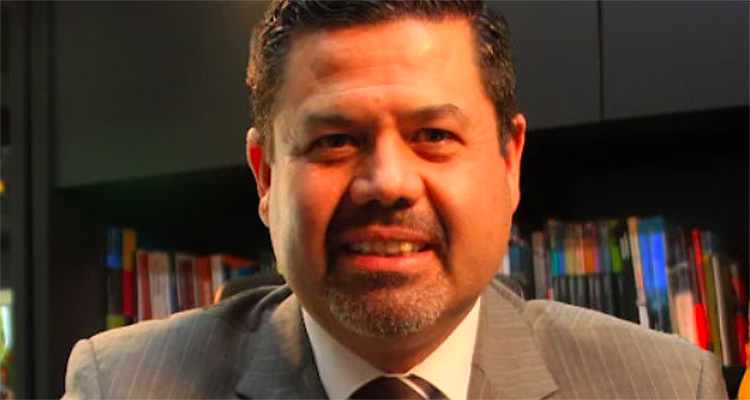A 2024 report by Evan Shapiro, in collaboration with Barb, analyzed UK viewing habits and highlighted a major generational shift. People over 35 still spend more than half of their screen time watching traditional broadcast TV. In contrast, for those under 35, the numbers are nearly reversed: only 18.7% of their screen time goes to broadcast and pay TV combined, with the majority spent on streaming platforms and social media.

The transition to OTT is undeniable, but it raises critical challenges for broadcasters. How can they adapt their business models, infrastructure, and content strategies to remain relevant in a streaming-dominated landscape?
These challenges can be grouped into three main areas: infrastructure and technology, business model disruption, and regulatory hurdles. The shift also has environmental implications and business consequences that need to be considered.
In some markets, like the UK, the switch-off of traditional broadcast is being planned – so moving to full streaming isn’t a choice, it’s a deadline.
Challenges for Broadcasters Moving to Streaming
1. Infrastructure & Technology
-
- Content delivery: Moving from terrestrial transmission to IP-based streaming requires investment in Content Delivery Networks (CDNs), cloud services, and edge computing.
- Latency & reliability: Unlike over-the-air broadcasting, which delivers a consistent signal, streaming can be vulnerable to network congestion and buffering issues.
- Device fragmentation: Broadcasters must optimize for a variety of devices (smart TVs, phones, tablets, game consoles), requiring additional development resources.
How to overcome infrastructure & technology challenges?
Investing in Content Delivery Networks (CDNs), cloud services, and edge computing has become increasingly cost-effective. There are now solutions available to manage high traffic volumes and ensure consistent quality of experience across all devices.
Broadpeak provides advanced CDN solutions that optimize content delivery, ensuring scalability and efficiency for broadcasters transitioning to streaming. Multi-CDN switching further enhances reliability by automatically selecting the best-performing CDN for each user’s device and location.
Our Multicast ABR (mABR), already deployed by major industry players, enables broadcasters to deliver live TV over IP networks while minimizing bandwidth consumption- replicating the efficiency of traditional broadcasting.
With Broadpeak’s API-based streaming services, broadcasters can manage streaming workflows seamlessly across multiple devices and platforms without the need to rebuild their infrastructure.
2. Business Model Disruption
-
- Loss of advertising revenue: Traditional TV relies on linear ad slots, while streaming often shifts towards subscription models or programmatic ads.
- Increased competition: Broadcasters must compete with global streaming giants (Netflix, Disney+, Amazon Prime) that have vast content budgets and personalized recommendation engines.
- User acquisition & retention: Traditional broadcasters must develop direct-to-consumer strategies, which requires expertise in user engagement, churn management, and content personalization.
How to overcome monetization challenges?
While change can be challenging, it also presents new opportunities. As viewers’ habits evolve, monetization strategies must follow them.
Broadpeak helps broadcasters adapt to new business models by maximizing ad revenue, enhancing user engagement, and enabling direct-to-consumer strategies.
broadpeak.io is Broadpeak’s online platform offered as a service (aaS) that lets you personalize, monetize, and manipulate video streams at scale. It runs in the cloud and handles video delivery workflows like dynamic ad insertion, content replacement, and virtual channel creation. You access it via API or a web interface – no infrastructure to manage.
With broadpeak.io’s Dynamic Ad Insertion (DAI-T), you can replace traditional linear ads with targeted, programmatic ads—maximizing revenue across live and on-demand content.
TF1+ is a clear example. It’s the first live addressable TV service in France monetized at the individual spot level, not just entire ad breaks. TF1 uses broadpeak.io’s Spot2Spot feature to swap specific ad slots in live streams with personalized ads, improving relevance and reducing waste.
The server-side solution integrates ad tracking and campaign measurement tools, giving TF1 full control of digital inventory and performance data. This setup allows TF1 to sell live ad spots programmatically, while keeping the viewer experience smooth.
Click2 enables broadcasters to transform ads into interactive experiences, driving higher engagement and conversions. L-Banner enhances monetization by adding non-intrusive, on-screen ad formats, ensuring revenue generation without disrupting the viewing experience.




